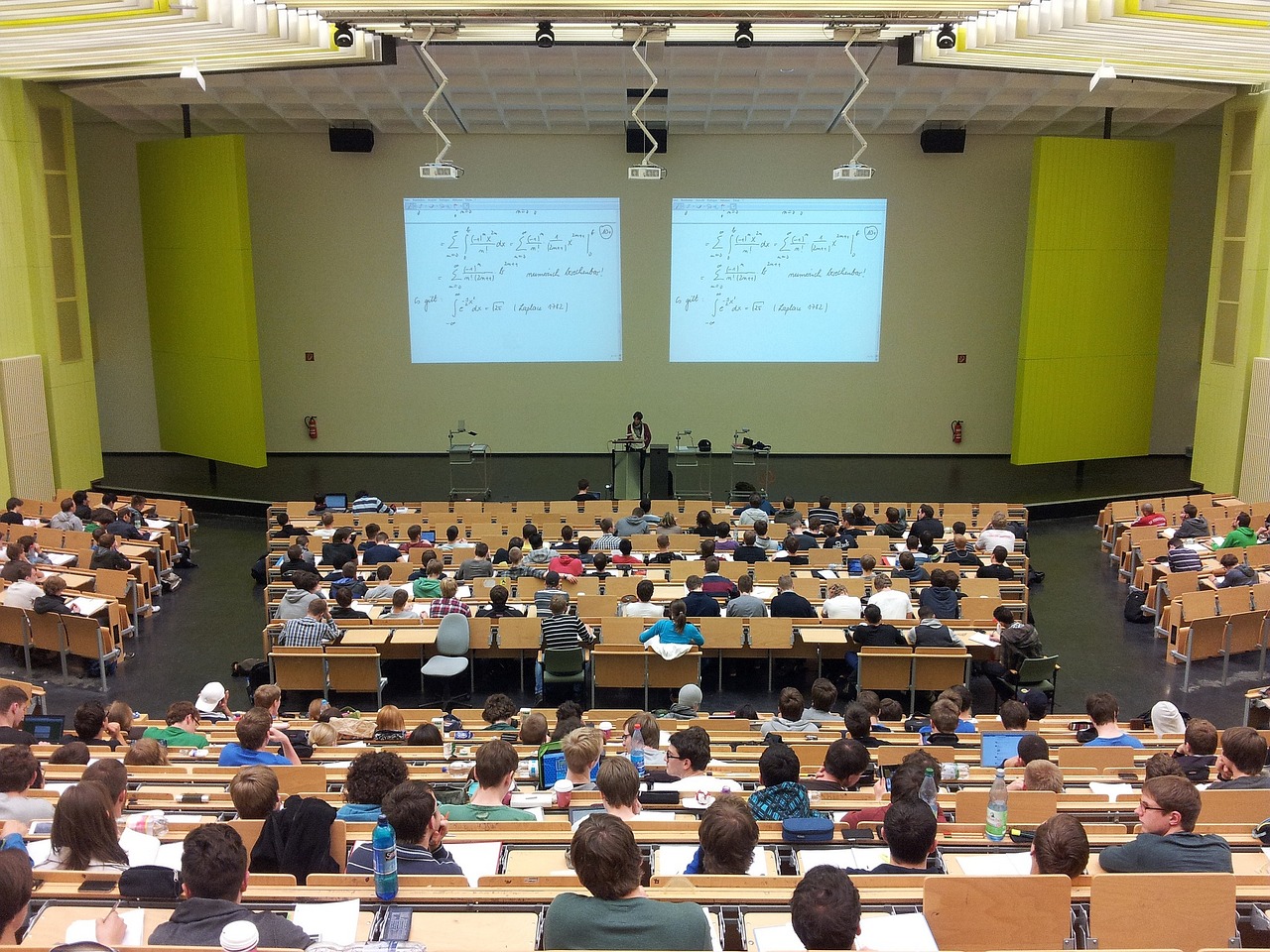Examining the Future of Remote Learning Post-Pandemic
Transitioning back to in-person education after a prolonged period of remote learning presents a myriad of challenges for students, teachers, and educational institutions alike. One of the primary difficulties faced by students is readjusting to the structured schedule and routine of traditional classroom settings. The freedom and flexibility experienced during remote learning may have led to a lack of discipline in time management and organization, making it hard for students to adapt to the rigidity of in-person classes.
Moreover, the shift from virtual to physical interactions can be overwhelming for students who have become accustomed to the digital mode of communication. Building relationships with peers and teachers, collaborating in group projects, and participating in face-to-face discussions can pose social and emotional challenges for individuals who have grown used to the relative anonymity and distance provided by online platforms. The interpersonal skills and dynamics that are crucial for academic success may need to be relearned and developed as students navigate the return to traditional classroom environments.
Impact of Remote Learning on Student Engagement and Performance
Amidst the widespread shift to remote learning due to the pandemic, educators and students have faced unique challenges in maintaining high levels of student engagement and performance. The transition to online platforms has required students to adapt to new modes of learning and engagement, which has resulted in varied outcomes across different academic settings. While some students have thrived in the virtual learning environment, others have encountered difficulties in staying motivated and remaining engaged with their coursework.
The impact of remote learning on student performance has also been a topic of discussion among educators and policymakers. With the shift to online platforms, many students have had to navigate new technologies and digital tools to complete their assignments and assessments. This shift has posed challenges for some students, as they grapple with technical issues and unfamiliar learning environments that may impact their academic performance and overall engagement in the virtual classroom.
Incorporating Hybrid Learning Models for Flexibility
Hybrid learning models have become increasingly popular in educational settings as they offer a flexible approach that integrates both in-person and online learning components. This allows students to engage with course material in a variety of ways, catering to different learning styles and preferences. By incorporating hybrid learning models, educational institutions can provide a more personalized learning experience that meets the needs of diverse student populations.
One of the key benefits of hybrid learning models is the ability to adapt to changing circumstances, such as unexpected school closures or inclement weather. With a combination of in-person and online instruction, students can seamlessly transition between different modes of learning without significant disruptions to their education. Additionally, hybrid learning models promote independent learning and self-discipline, as students are required to manage their time effectively and take ownership of their learning experience.
• Hybrid learning models offer a flexible approach that integrates both in-person and online learning components
• Allows students to engage with course material in various ways, catering to different learning styles
• Provides a more personalized learning experience for diverse student populations
• Ability to adapt to changing circumstances like school closures or inclement weather
• Seamless transition between in-person and online instruction without significant disruptions
• Promotes independent learning and self-discipline by requiring effective time management and ownership of the learning experience
What are some challenges that schools faced when transitioning to remote learning?
Some challenges included lack of access to technology, difficulty in maintaining student engagement, and issues with monitoring student progress.
How did remote learning impact student engagement and performance?
Remote learning led to decreased student engagement due to lack of in-person interaction and increased distractions at home. Performance also suffered for some students due to the change in learning environment.
How can hybrid learning models provide flexibility for students and schools?
Hybrid learning models allow for a combination of in-person and remote learning, giving students the flexibility to learn in a way that works best for them. This can help accommodate different learning styles and preferences.
What are some ways schools can successfully incorporate hybrid learning models?
Schools can provide a mix of in-person and remote instruction, utilize online platforms for assignments and communication, and offer support for students who may need help adjusting to the new learning format.
What are the potential benefits of incorporating hybrid learning models?
Some potential benefits include increased flexibility for students, improved access to education for those with scheduling constraints, and the ability to adapt to changing circumstances such as inclement weather or health concerns.







